(Dan Tri) - Rental prices for apartments along metro line 1 in Ho Chi Minh City have increased compared to the same period last year and it is predicted that landlords will tend to raise prices in the future.
Rental prices will increase
Ms. Phan Thi Hoai Nam (District 3, Ho Chi Minh City) has just bought an apartment in Thao Dien area, Thu Duc City with an area of 58m2, priced at 3.9 billion VND. Because she has no need to live there yet, the owner has found someone to rent it out. "I haven't received the house yet, but someone has already paid a deposit to rent it out right away," Ms. Nam excitedly said.
The apartment Ms. Nam bought is about 2.5km from An Phu station, metro line 1 Ben Thanh - Suoi Tien. The rental price of this apartment is 14 million VND/month, which has been maintained by the market this year. But Ms. Nam predicts that the price may increase in the future, when the first metro line in Ho Chi Minh City is put into operation and not too far from her house.
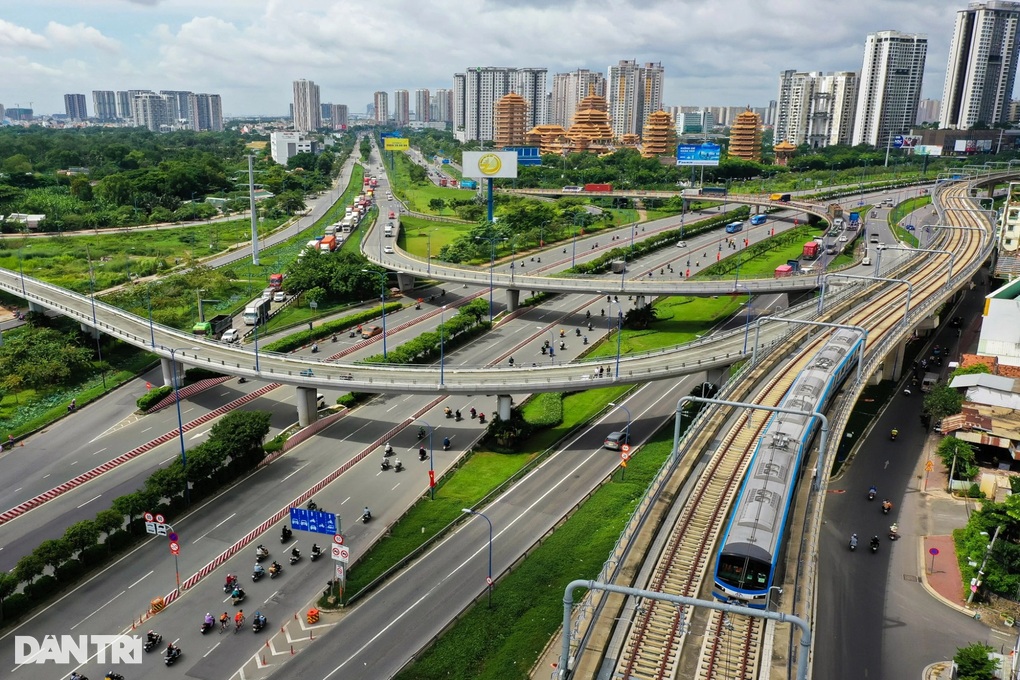
Many projects around the metro line have increased apartment rental prices (Photo: Nam Anh).
According to a survey by Dan Tri reporters, apartment rental prices in some projects along Metro Line 1 have increased compared to the same period last year. The increase ranges from 5% to 15%, depending on the project, area type and location.
In the old District 2 (now Thu Duc City), a 2-bedroom apartment in the project right at the foot of An Phu station has a rental price of about 16-22 million VND/month. Also in this project, a 3-bedroom apartment has a rental price of about 24-32 million VND/month.
In District 1, near Ba Son station, a 2-bedroom apartment costs about 18-27 million VND/month to rent, and a 3-bedroom apartment costs about 30-35 million VND/month.
Some projects located further away from the metro stations also have rental price fluctuations of about 7-10%. Two-bedroom apartments in some projects facing Song Hanh Street, An Phu Ward, old District 2 have diverse rental prices, about 11-15 million VND/month or 23-29 million VND/month, depending on the segment.
According to DKRA Group's statistics, the rental price of a 2-bedroom apartment along metro line 1 in old District 2 ranges from 17-29 million VND/month.
Lower prices, around 9-11 million VND/month, are in projects in District 9 and the old Thu Duc District (now Thu Duc City). The above prices increased by 5-7% over the same period, some high-end apartment projects in An Phu Ward (old District 2) recorded an increase of over 10%.
According to data from Batdongsan.com.vn, some apartments in projects in District 1, Thao Dien Ward (old District 2), near metro stations have increased in price by about 7-10% compared to early 2024. Some other projects have stable apartment rental prices, with an increase of less than 5%.
The level of interest in renting also did not fluctuate too much in December - the month the metro went into operation. This unit even recorded that most projects had a sharp decrease in interest in renting, the reason being that it was near Tet, so tenants were not interested in moving.
Responding to Dan Tri newspaper reporter, Mr. Vo Huynh Tuan Kiet - Director of Housing CBRE Vietnam - said that the metro line has just been put into operation so there have not been many changes to the apartment rental market, at least up to now.
Because up to now, apartments along the metro line have been in good locations, on major roads, so the rental price has been higher than the average price of products in the same segment. The demand for renting houses around the metro has not changed much, because Ho Chi Minh City has only operated one line.
Mr. Kiet predicts that in the future, rental prices may change, with landlords tending to raise prices. Apartments within a 300-500m radius of the metro station may also benefit, as relatives see the convenience. However, the target group looking to rent apartments around the metro will also expand, from experts and office workers to short-term renters and tourists.
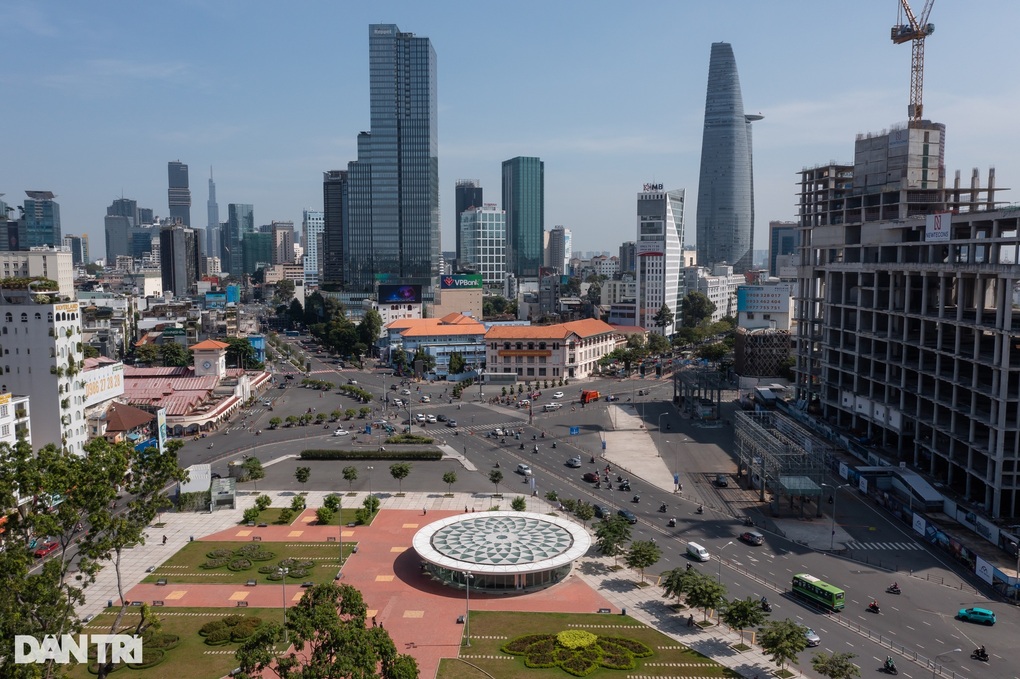
The urban landscape has changed after the appearance of the metro (Photo: Nam Anh).
Market segmentation of tenant groups
Speaking to Dan Tri newspaper reporter, Mr. Vo Hong Thang - Investment Director of DKRA Group - said that traffic infrastructure always plays an important role in promoting the development of urban areas, and is also a key factor contributing to increasing real estate value.
In particular, the emergence of metro lines not only improves connectivity between regions but also creates a strong driving force for the real estate market, making projects located near these lines more attractive than ever.
Survey data from the above unit over the past year shows that apartment rental prices in projects around the metro area have increased by an average of 5-7%. However, in the short term, in the past 1-2 months, rental prices have not fluctuated much.
Mr. Thang admitted that in the short term, the metro cannot immediately change apartment rental prices. In the long term, prices may increase when people feel the convenience of the metro line.
However, he noted that rental prices will increase at the same rate as apartment prices. Both factors increase, causing rental yields to remain around 5% per year, as in the current period.
In the context of increasing apartment rental prices, Mr. Thang believes that the market will have a differentiation in tenants. A group of customers will not be able to balance their finances and will have to accept choosing a rental location further away to suit their budget.
The second group can balance the rental price but will be faced with two options such as tightening spending, choosing to live near the metro line to save travel time or looking for housing in another area to reduce costs.
The above expert also emphasized that the official operation of the metro line makes traveling between districts more convenient, increasing connectivity with the city center. People are encouraged to use public transport instead of personal vehicles, and tend to live near the metro for convenient travel.
This is one of the important reasons driving up real estate prices as well as rental prices for apartments, townhouses, serviced apartments, etc. along metro lines.
The TOD model (urban development oriented towards public transport development) will thereby play a good role in dispersing population in central areas, consolidating key transport infrastructure projects, and promoting the development of large urban areas, Mr. Thang said.
Source: https://dantri.com.vn/bat-dong-san/gia-cho-thue-can-ho-chay-theo-tuyen-metro-so-1-tphcm-20250108102643693.htm




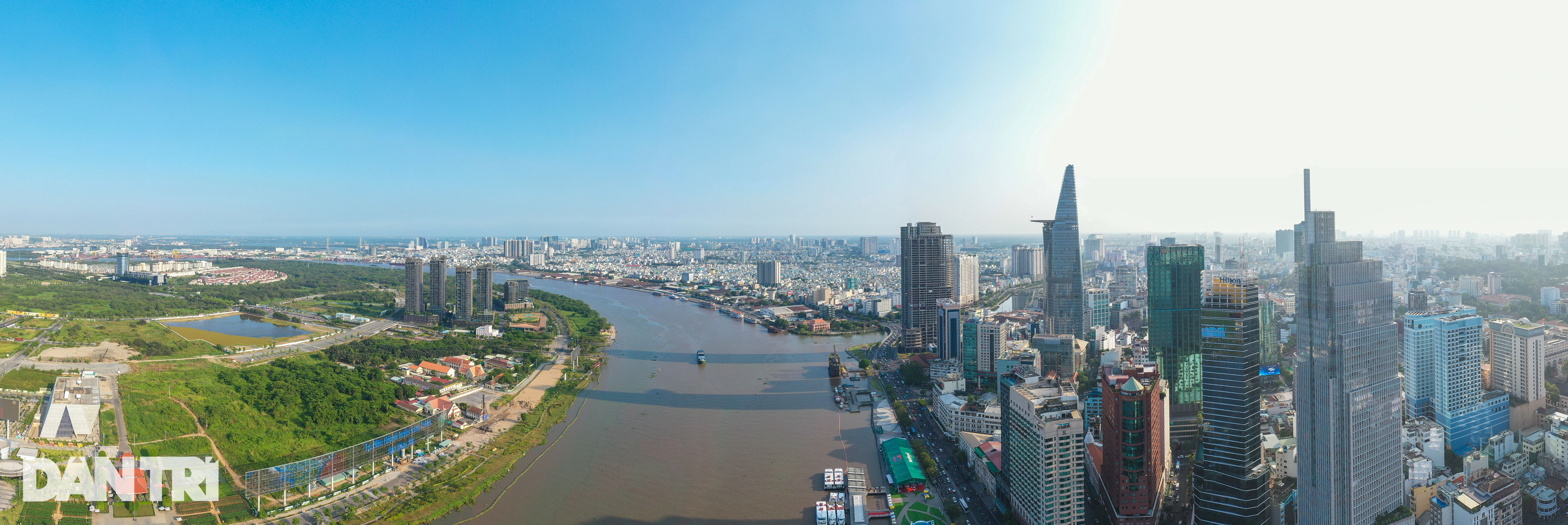
![[Photo] Prime Minister Pham Minh Chinh and Brazilian President Luiz Inácio Lula da Silva attend the Vietnam-Brazil Economic Forum](https://vstatic.vietnam.vn/vietnam/resource/IMAGE/2025/3/29/f3fd11b0421949878011a8f5da318635)
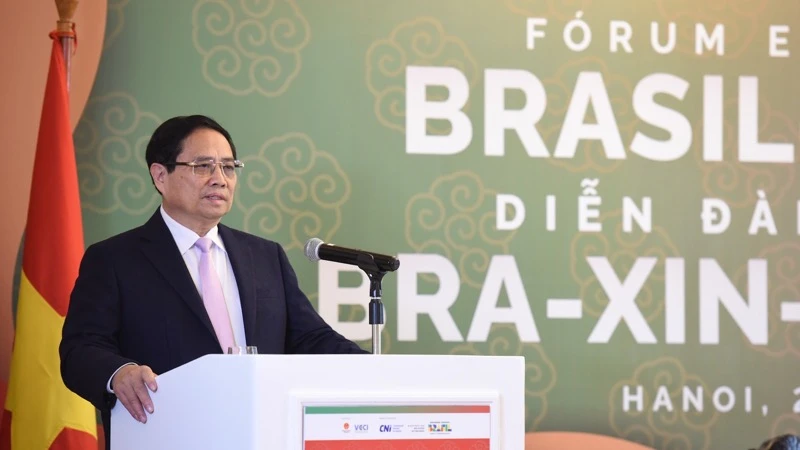
![[Photo] Brazilian President visits Vietnam Military History Museum](https://vstatic.vietnam.vn/vietnam/resource/IMAGE/2025/3/29/723eb19195014084bcdfa365be166928)
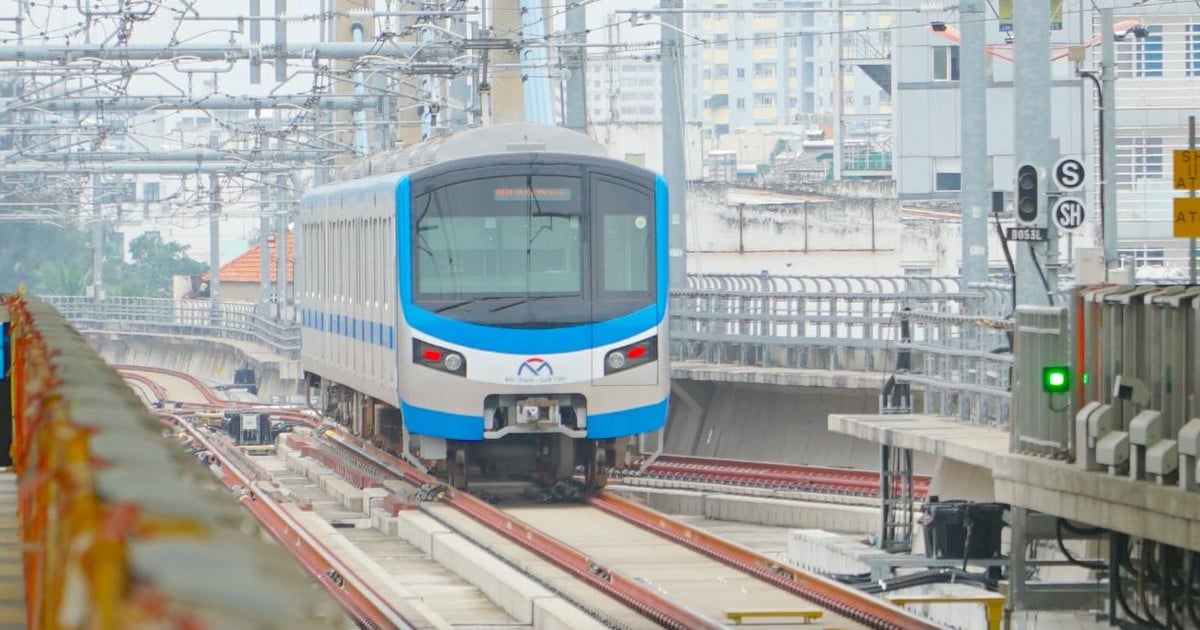




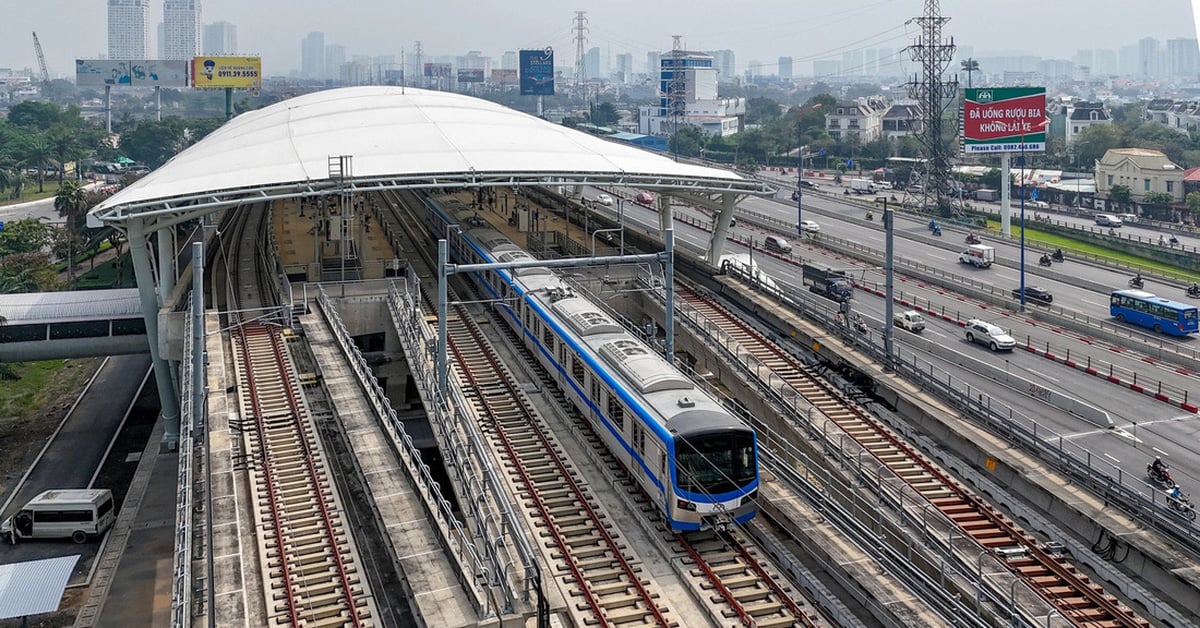
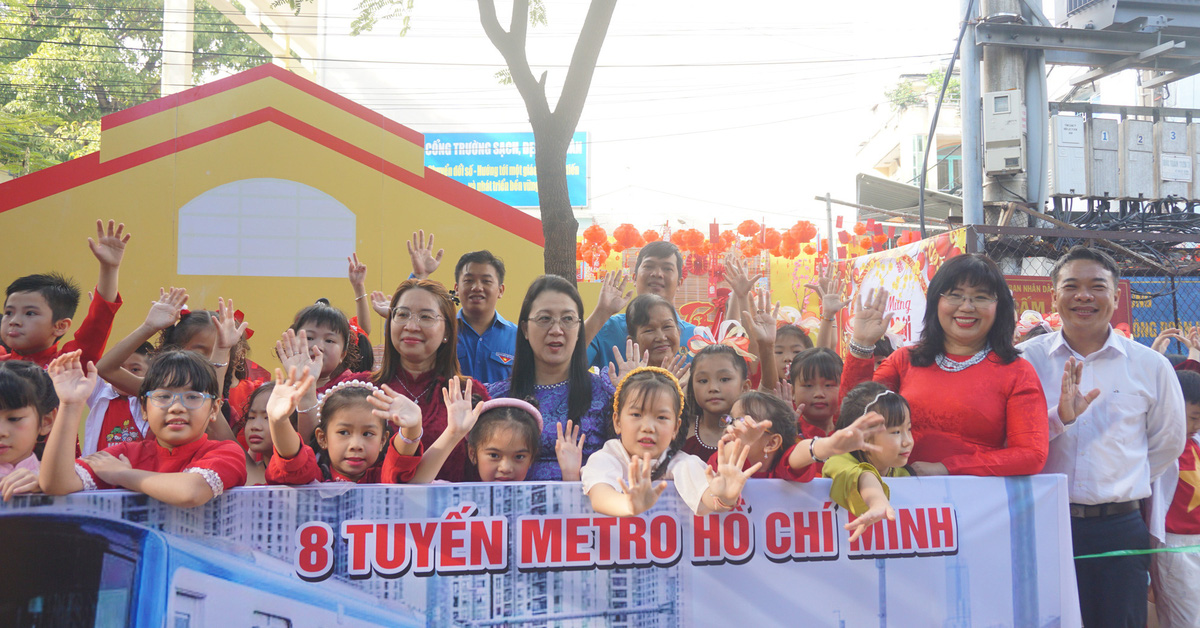


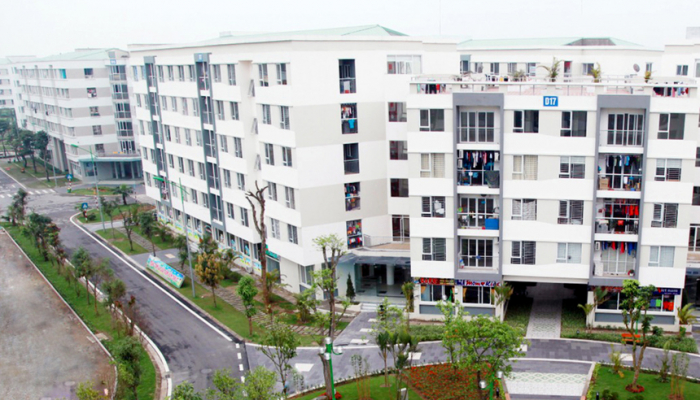
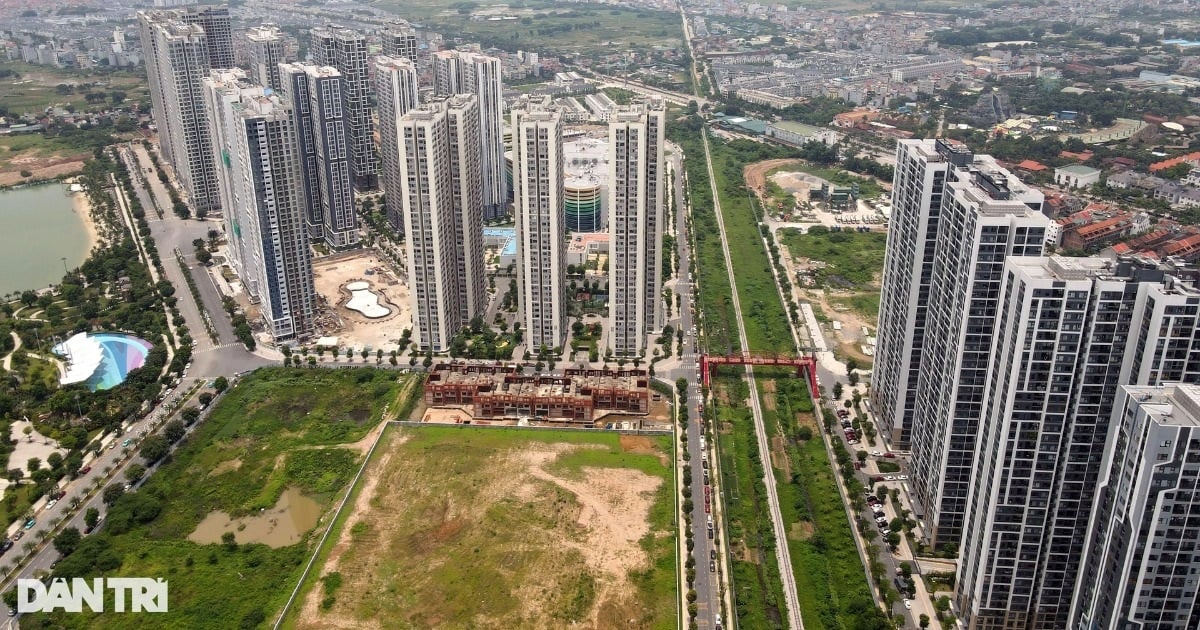
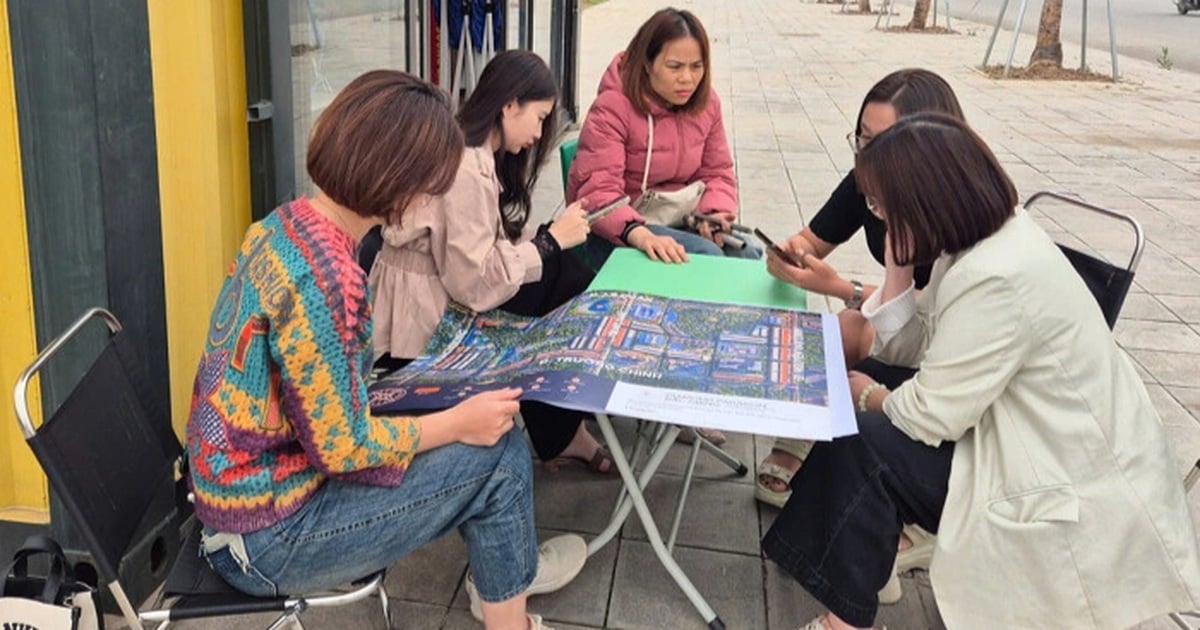



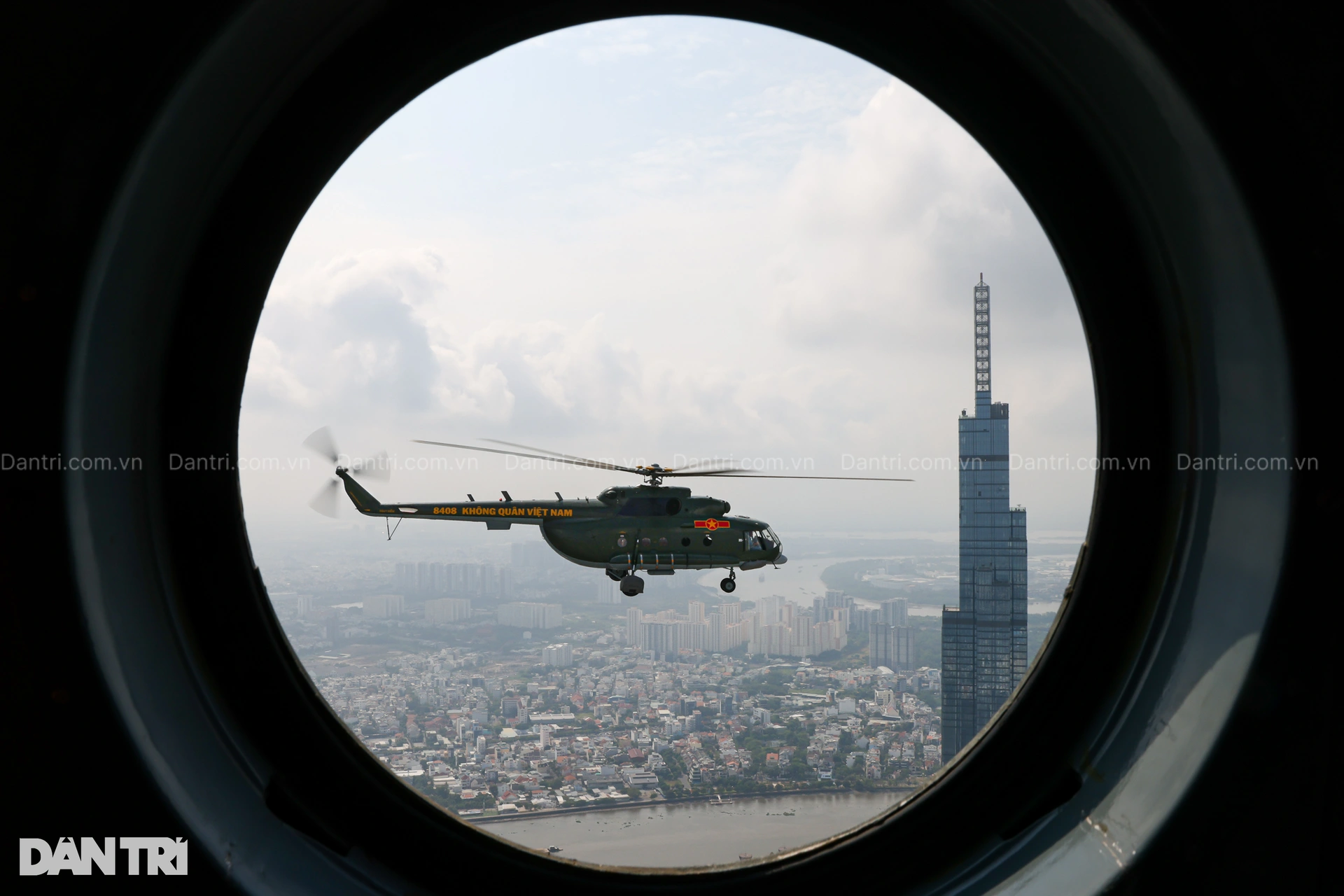




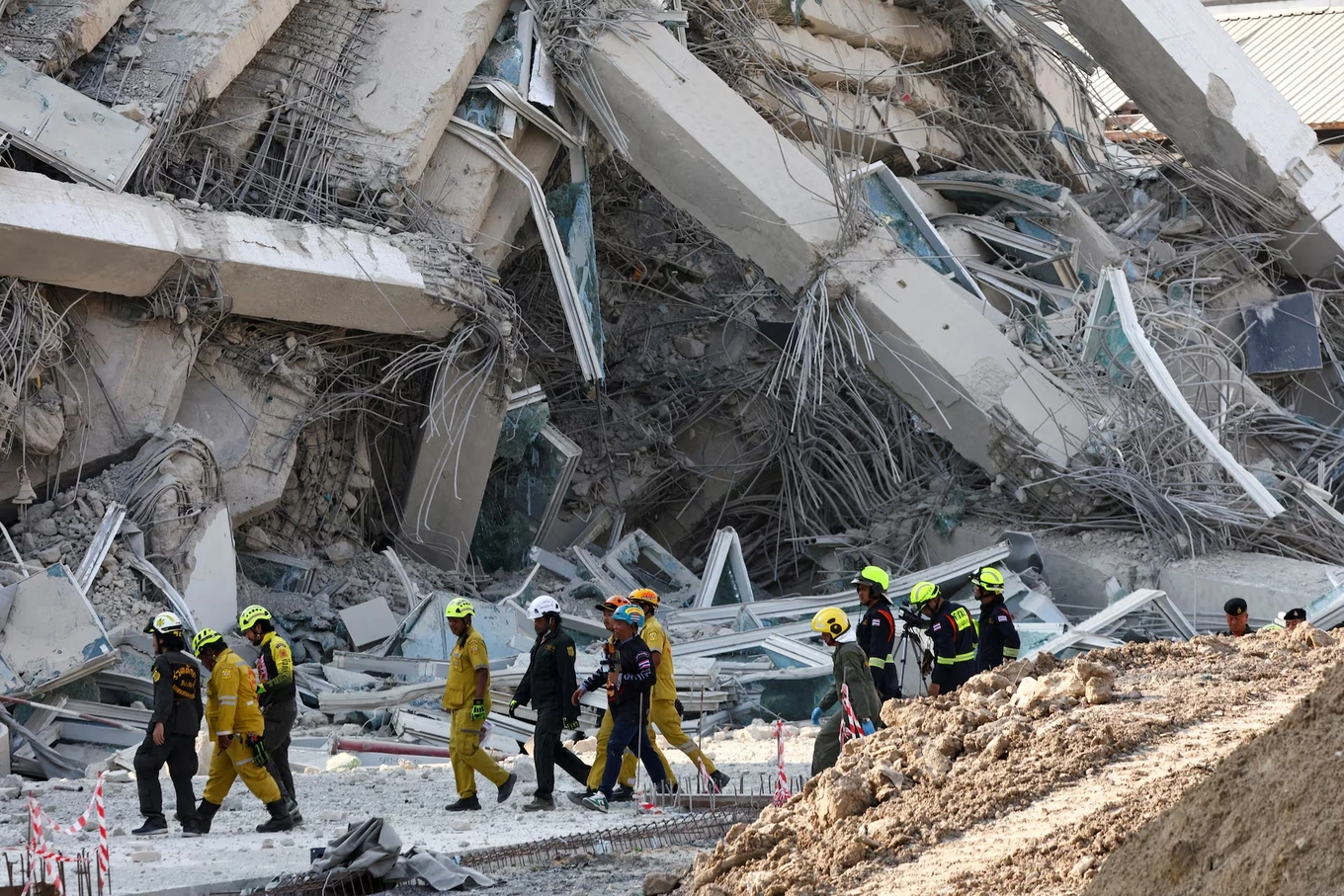
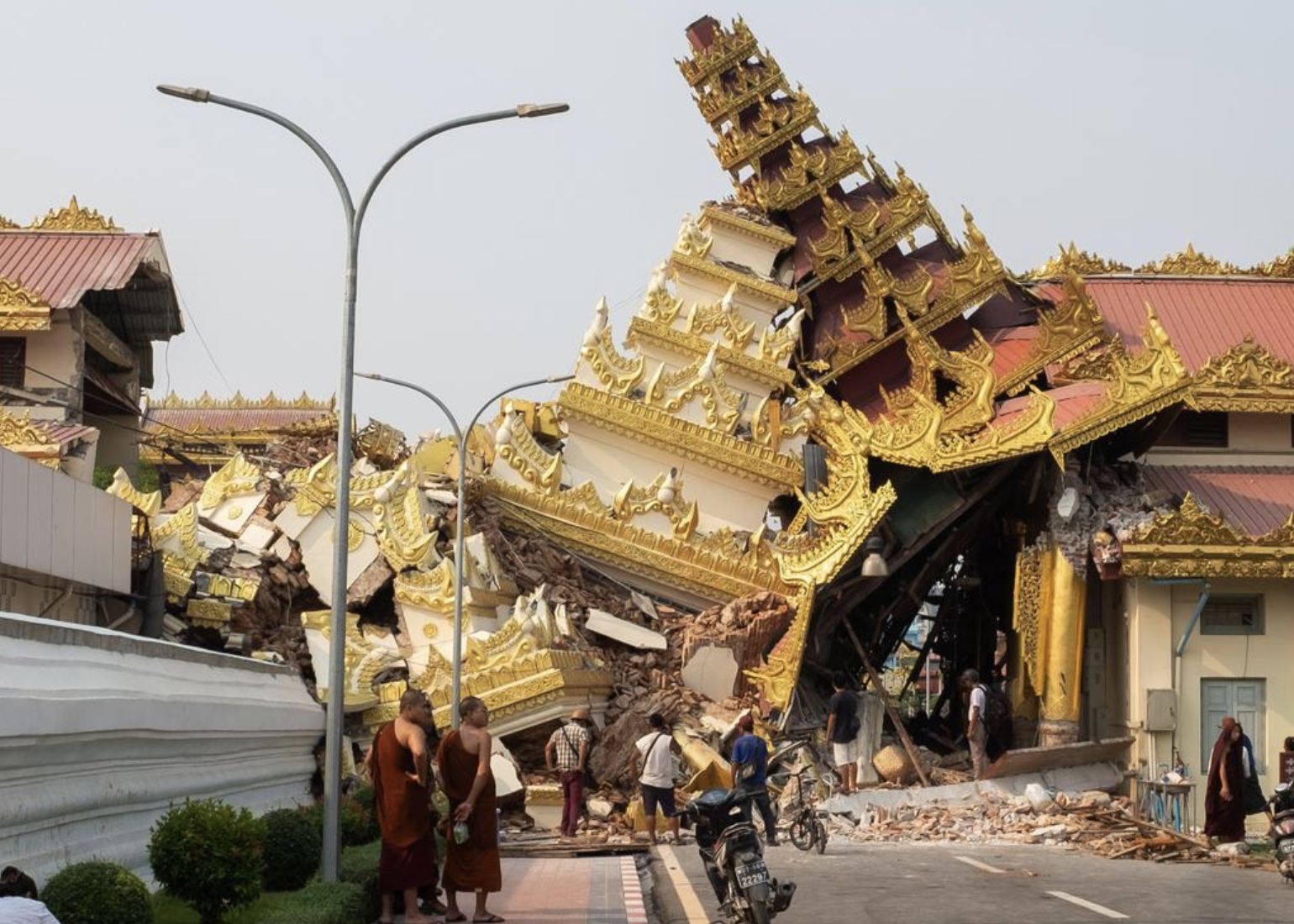





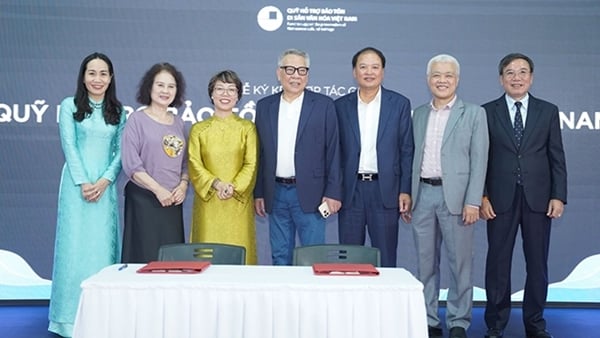
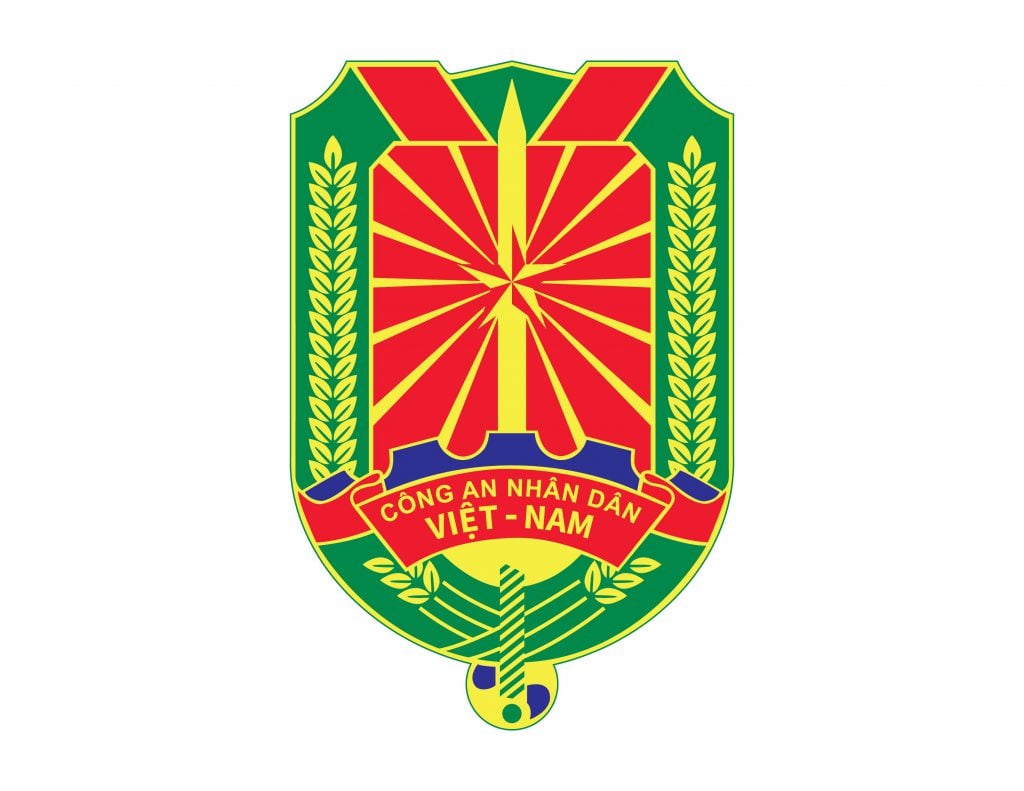




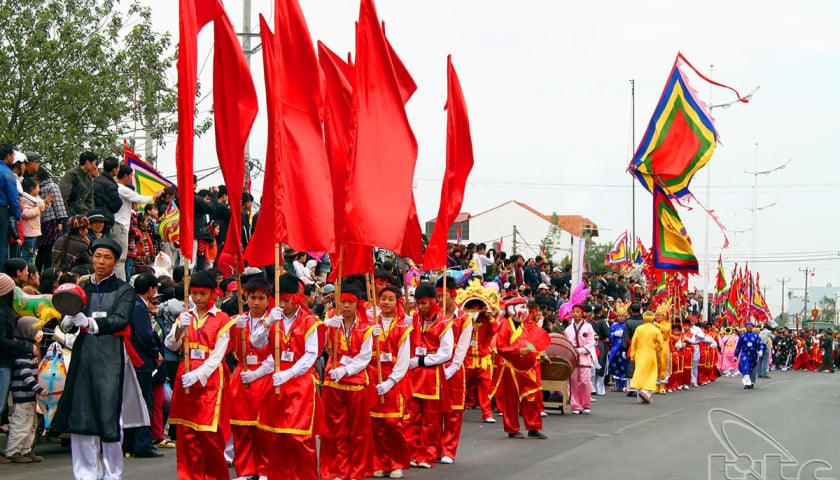




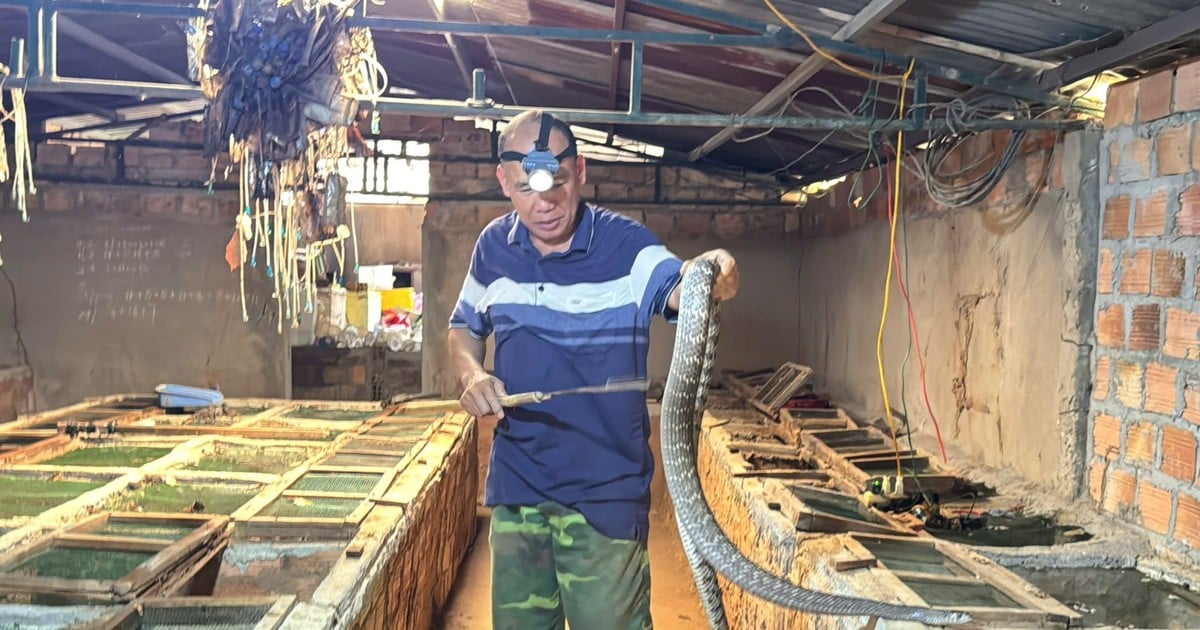










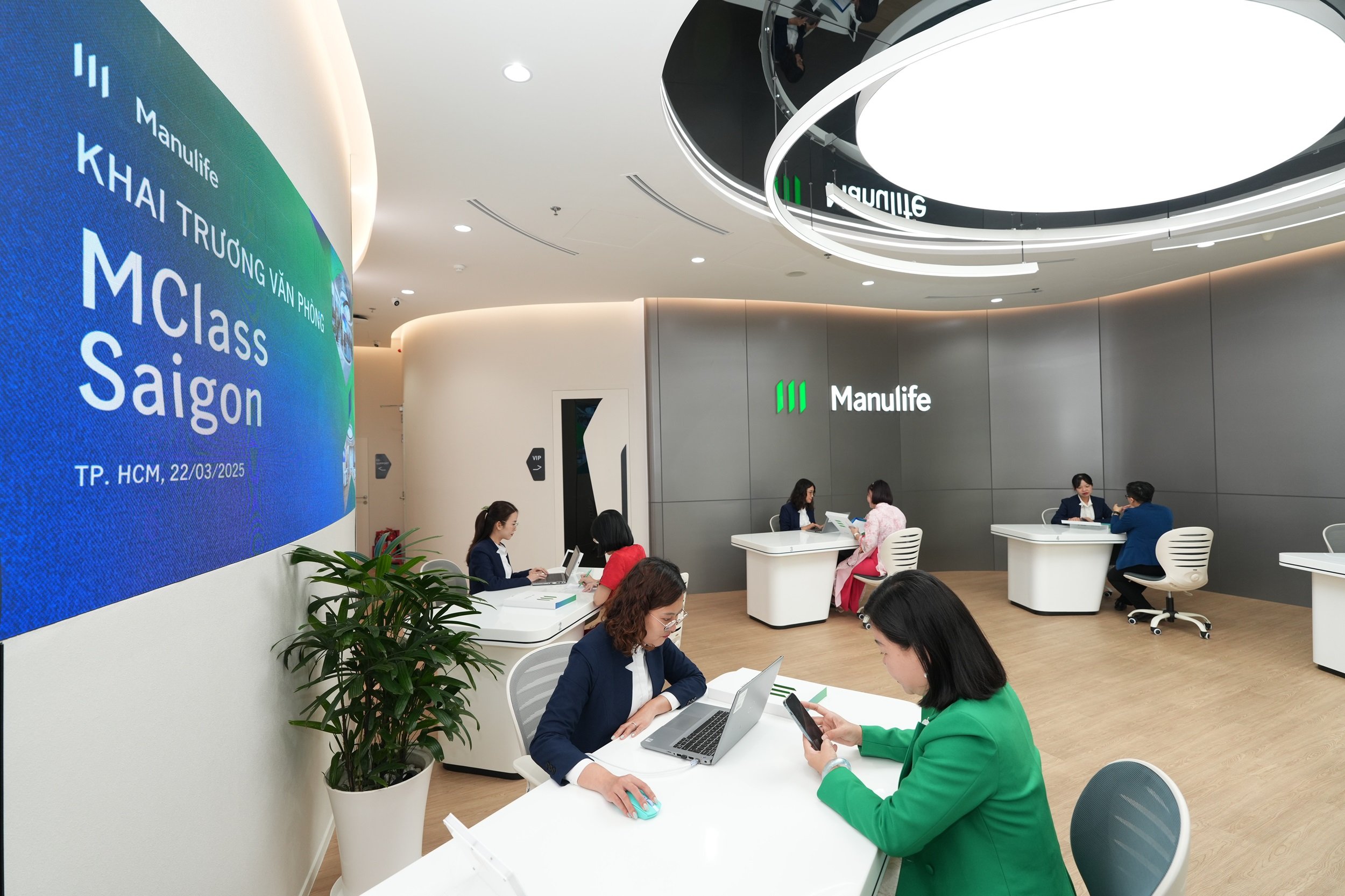




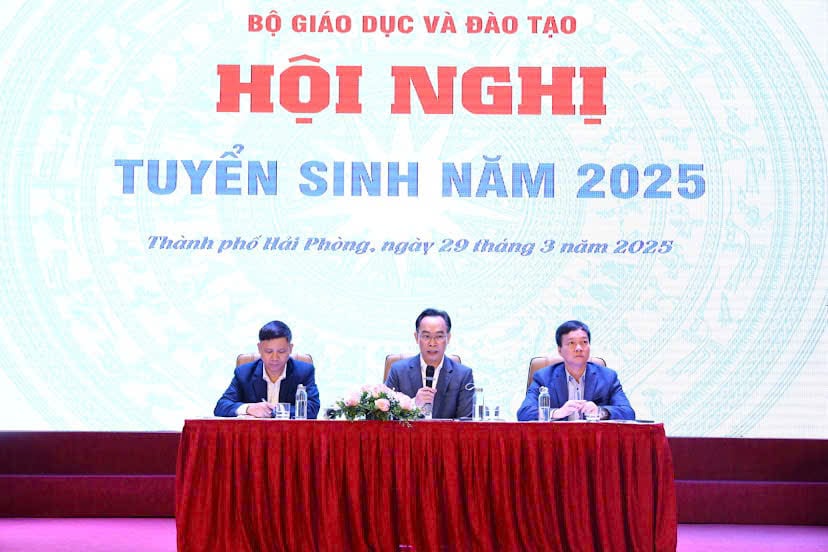



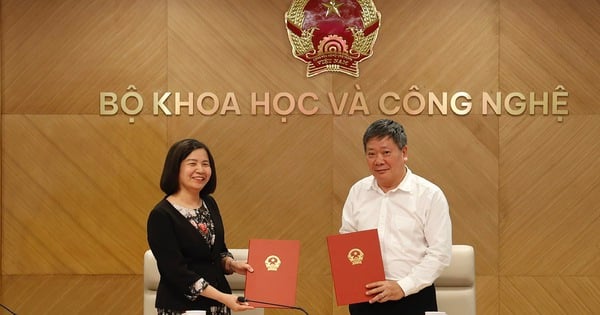

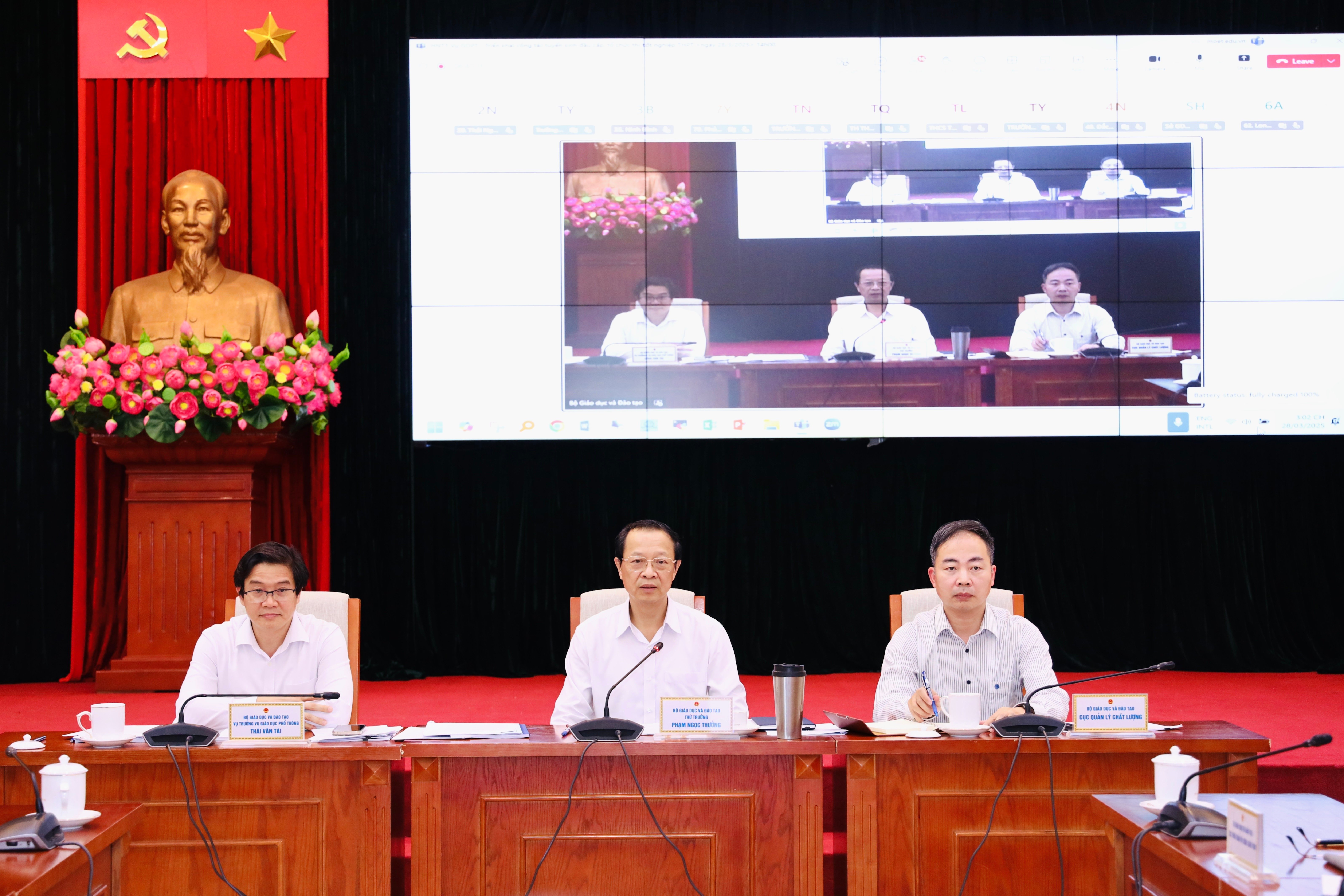
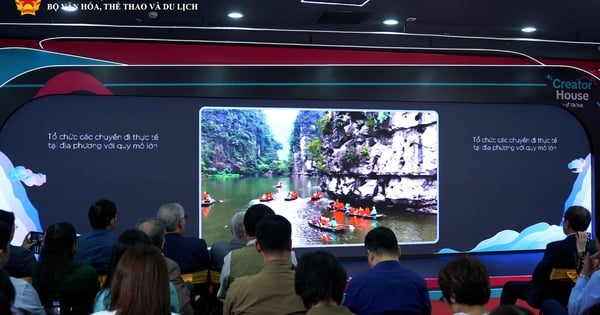


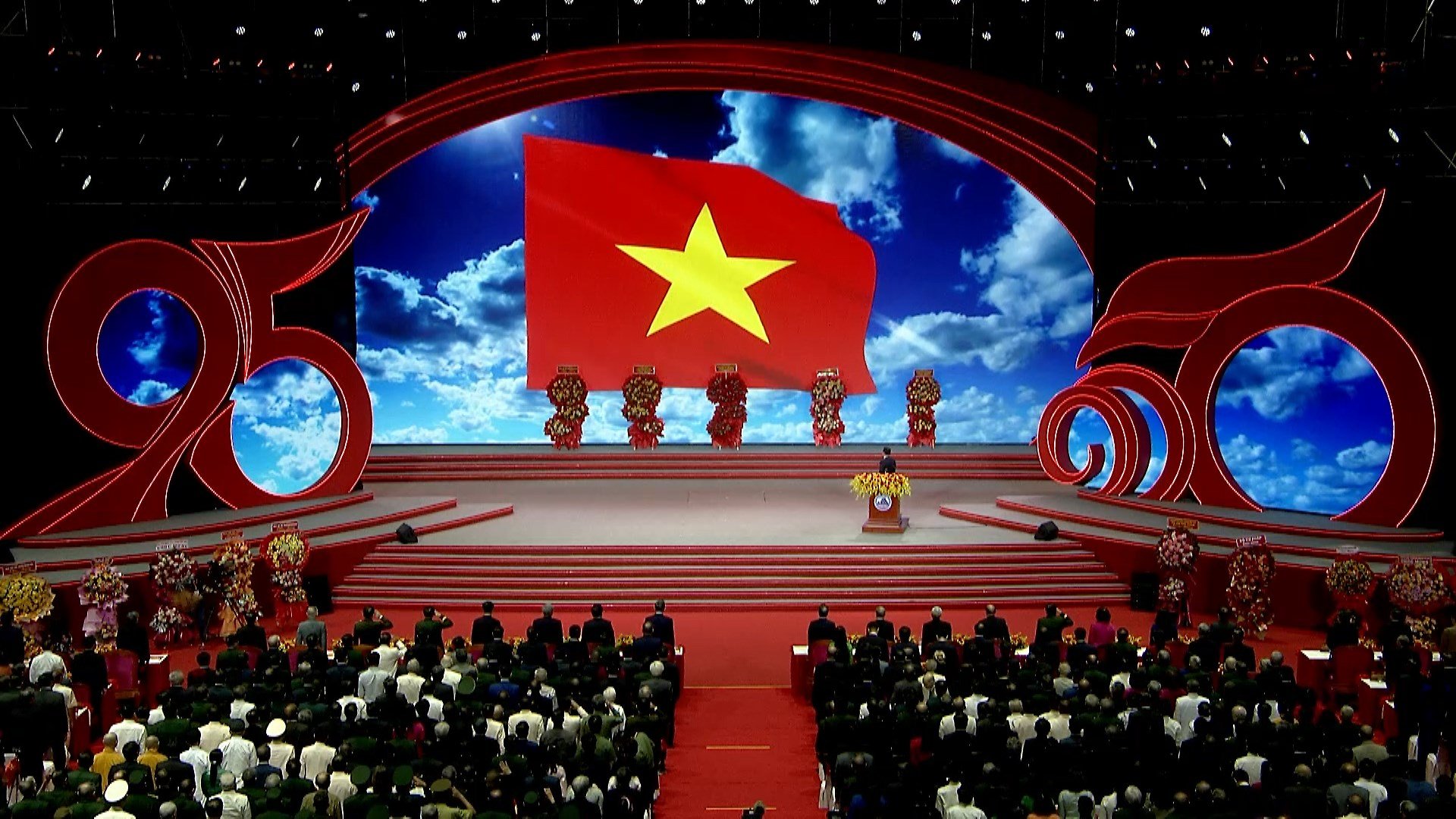

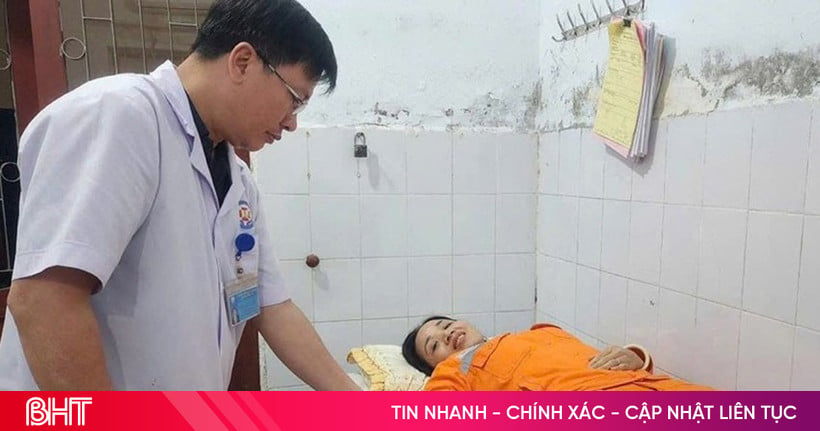

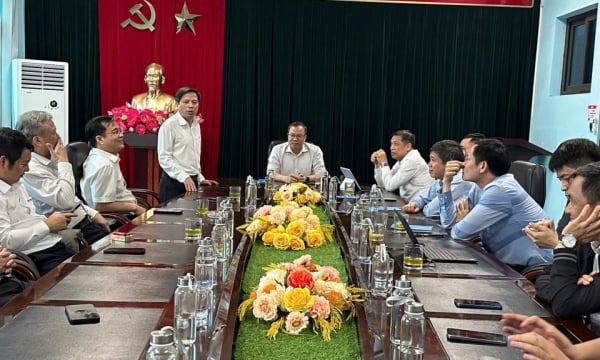






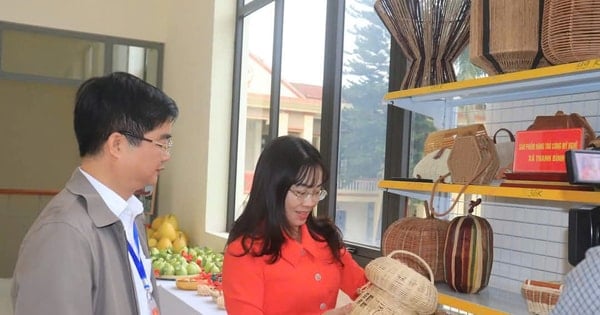

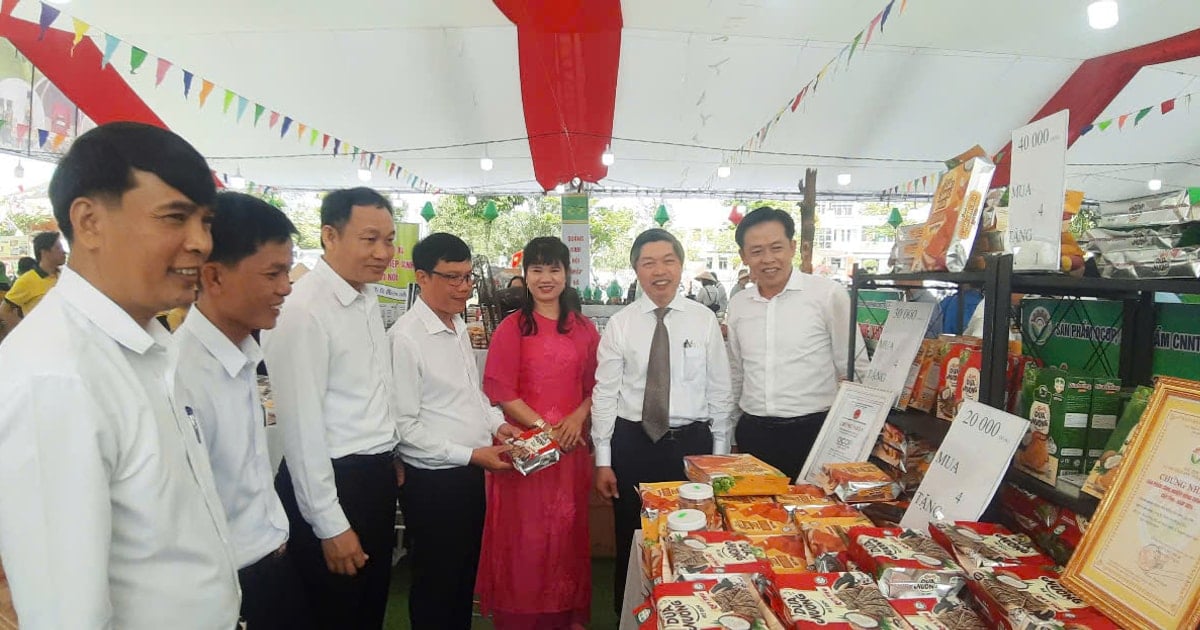




Comment (0)